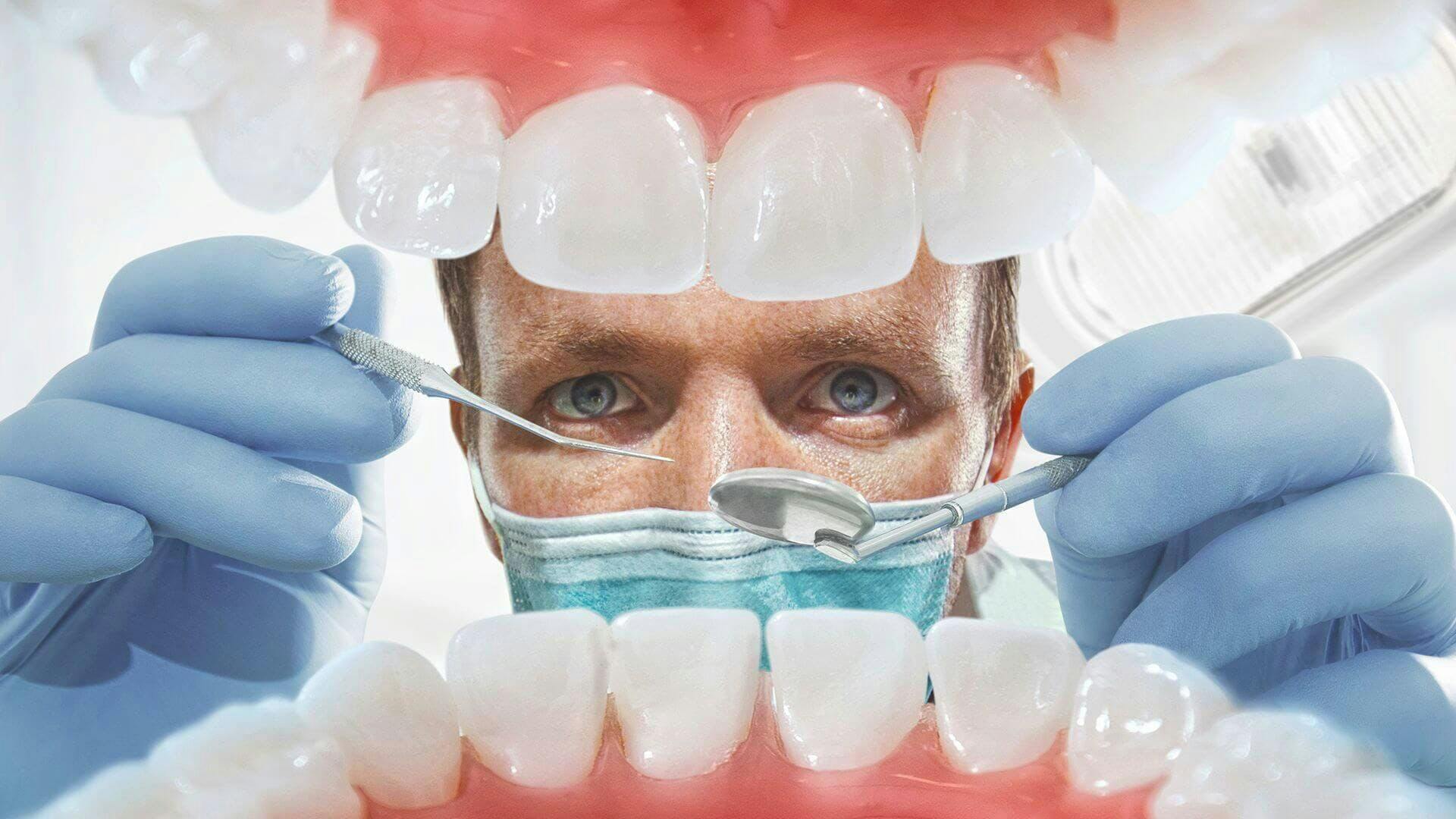Discover Common Dental Problems That Dentists Can Deal With Successfully
Oral health and wellness is a critical element of overall health, yet usual problems such as dental caries, gum condition, dental caries, tooth level of sensitivity, and misaligned teeth usually go without treatment. Each of these problems can substantially impact not only oral health yet likewise day-to-day convenience and confidence. Advancements in dental treatment have actually made it feasible for dental practitioners to address these problems properly via different therapies. From regular cleanings and fillings to orthodontic treatments, the services readily available today are both detailed and accessible. What are the certain therapies readily available, and just how can they recover ideal dental health and wellness?
Tooth Cavities
Dental caries, likewise understood as oral cavities, are among one of the most prevalent oral issues influencing people of any ages. They happen when the enamel, the tough outer surface area of the teeth, is deteriorated by acids generated by bacteria in the mouth. These germs flourish on sugars and starches from food and beverages, developing a sticky movie called plaque that sticks to the teeth. With time, the acids in plaque can produce little openings or holes in the enamel, resulting in dental caries.
Early-stage dental caries commonly go unnoticed because of the absence of signs. As the decay progresses, individuals might experience tooth level of sensitivity, discomfort while consuming or consuming, noticeable holes, and staining. Normal dental examinations are important for early discovery and management of tooth cavities. Dental professionals utilize various treatments based on the seriousness of the decay, consisting of fluoride therapies, dental fillings, crowns, and in extreme cases, root canals.

Gum Illness
Gum tissue disease, also called periodontal disease, is a prevalent condition that affects the tissues bordering and supporting the teeth. It largely occurs due to the build-up of plaque, a sticky movie of germs that develops on the teeth. Otherwise removed through regular cleaning and flossing, plaque can harden into tartar, which can only be removed by an oral professional.
There are two primary stages of gum tissue condition: gingivitis and periodontitis. Gingivitis is the preliminary, milder form, characterized by red, puffy periodontals that might hemorrhage quickly. At this stage, the condition is commonly reversible with proper dental hygiene and expert dental cleanings. If left without treatment, gingivitis can proceed to periodontitis, an extra severe type that can bring about loss of the bone that supports the teeth.
Periodontitis includes deeper infection and swelling of the periodontals, causing the gums to pull away from the teeth and create pockets that can come to be infected. Regular dental examinations are vital for early detection and effective monitoring of periodontal illness.
Dental Cavity
Dental cavity, a common oral issue, materializes when the hard surface area of the tooth, called enamel, is damaged by acids generated by microorganisms in plaque. This process begins when sugary and starchy foods are taken in, giving a breeding place for germs. These microorganisms metabolize the sugars to create acids, which subsequently deteriorate the enamel, leading to dental caries.
Originally, dental caries may be asymptomatic, however as it proceeds, it can result in visible openings or pits in the teeth, toothache, and sensitivity to hot, cold, or pleasant materials. If left unattended, the decay can pass through much deeper layers of the tooth, reaching the dentin and ultimately the pulp, causing severe discomfort and potentially resulting in infections or abscesses.

Tooth Sensitivity

The underlying reasons for tooth sensitivity are varied. Common elements include enamel erosion as a result of hostile cleaning, acidic food consumption, or oral conditions such as gum tissue economic downturn and dental cavity. Exposed dentin, the layer underneath the enamel, enables outside stimuli to get to the nerve endings, resulting in pain.
Dentists can effectively treat tooth level of sensitivity via different treatments. Desensitizing tooth paste and fluoride gels are typically suggested to enhance enamel and lower pain. In situations of serious sensitivity, oral experts might use bonding agents or advise treatments such as fluoride varnishes and explanation sealants to safeguard exposed dentin. Dealing with the root cause, such as dealing with gum tissue condition or customizing cleaning techniques, is crucial for long-lasting relief.
Misaligned Teeth
Managing misaligned teeth is an additional typical problem in oral wellness, considerably influencing both aesthetic appeals and performance. Misaligned teeth, often referred to as malocclusion, can result from various elements, consisting of genetics, thumb-sucking throughout youth, or long term usage of a pacifier. This problem not just impacts the appearance of one's smile yet can also cause problems in chewing, speaking, and maintaining dental health, enhancing the danger of dental caries and periodontal illness.
Dental professionals employ a number of efficient treatments to address misaligned teeth, customized to the severity and specific demands of the person. Traditional metal dental braces stay a widely used alternative, particularly for intricate situations, as they slowly shift teeth into the proper placement over time. For those looking for a much less obvious solution, clear aligners such as Invisalign provide an even more visual option, supplying the exact same rehabilitative benefits without the presence of metal dental braces. Furthermore, orthodontic devices like retainers are important in maintaining the results post-treatment, protecting against teeth from shifting back to their original positions.
Early intervention is vital for optimum outcomes, making regular oral exams crucial for attending to and identifying imbalance problems quickly. With tailored therapy plans, dentists can efficiently recover both the functionality and look of an individual's smile.
Final Thought
In summary, dealing with typical oral troubles such as tooth cavities, gum tissue disease, dental caries, tooth level of sensitivity, and misaligned teeth is vital for preserving oral wellness and capability. Dental practitioners are furnished to identify and deal with these issues efficiently with different treatments, including fillings, cleansings, orthodontics, and preventative treatment. Prompt and appropriate treatment can minimize the dangers associated with these dental issues, thus enhancing general oral health and lifestyle.
Dental health is a vital facet of total well-being, yet usual problems such as cavities, periodontal illness, tooth degeneration, tooth level of sensitivity, and misaligned teeth frequently go untreated.Tooth degeneration, a widespread oral problem, shows up when the hard surface area of the tooth, recognized as enamel, is damaged by acids generated by bacteria in plaque. Preventative measures such as regular oral examinations, excellent oral health methods, and a well balanced diet are important in reducing the risk of tooth decay.
Usual aspects include enamel erosion due to hostile cleaning, acidic food intake, or dental problems such as gum economic crisis and tooth decay.In page summary, addressing typical oral troubles such as tooth cavities, periodontal illness, tooth decay, tooth level of sensitivity, and misaligned teeth is important for maintaining dental wellness and capability.